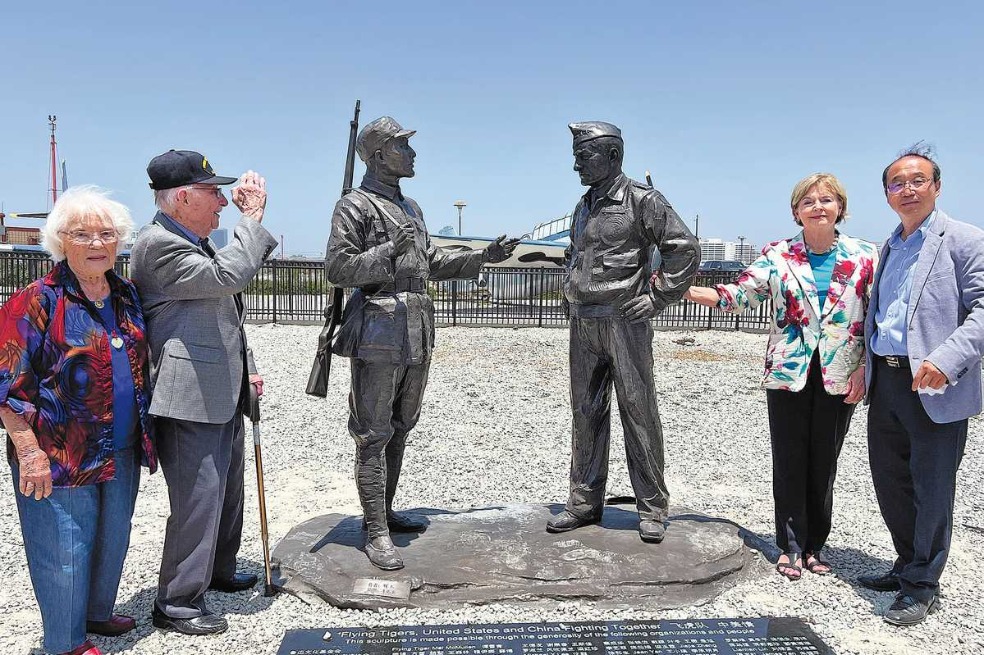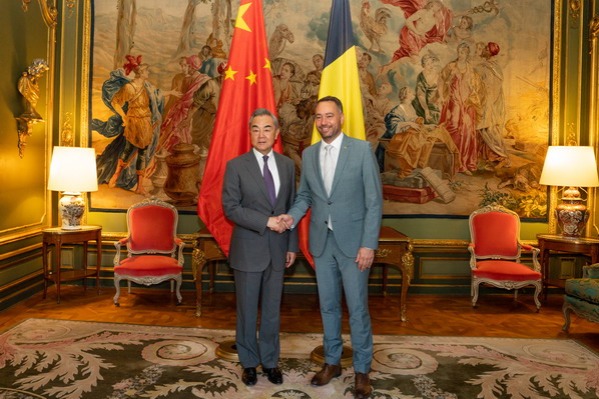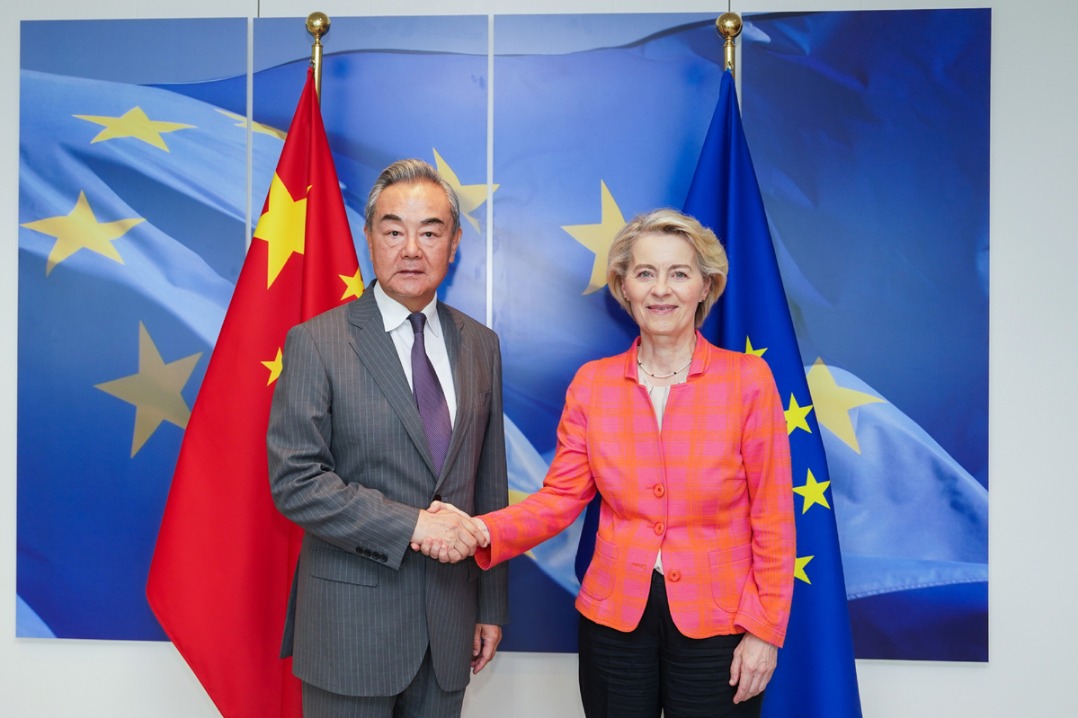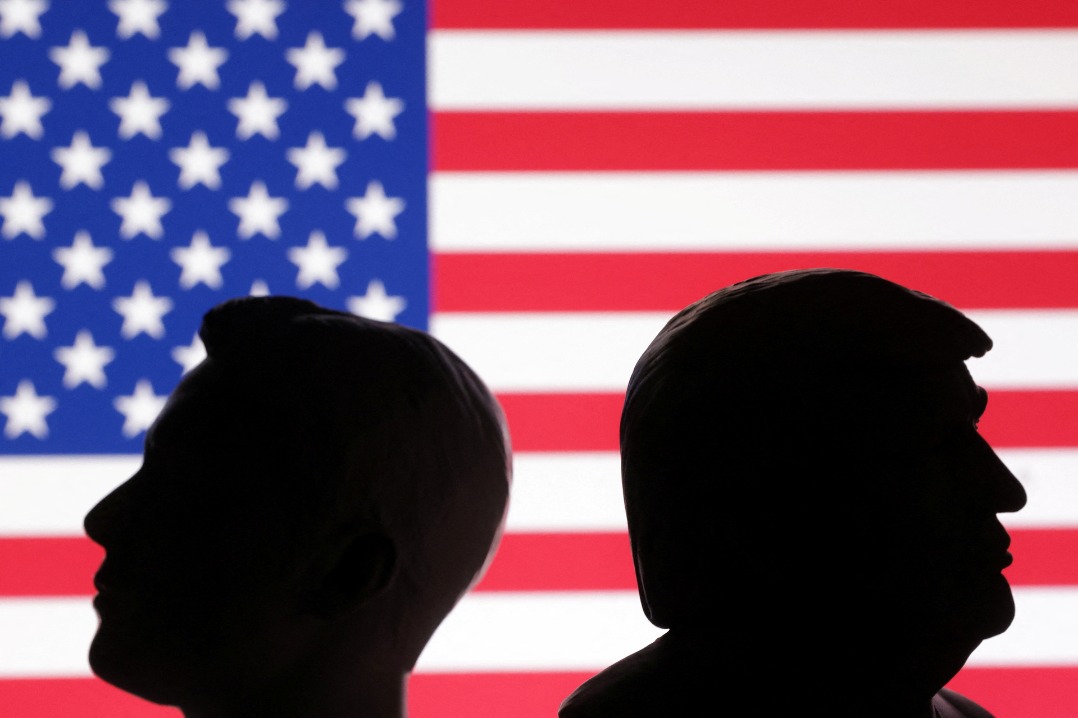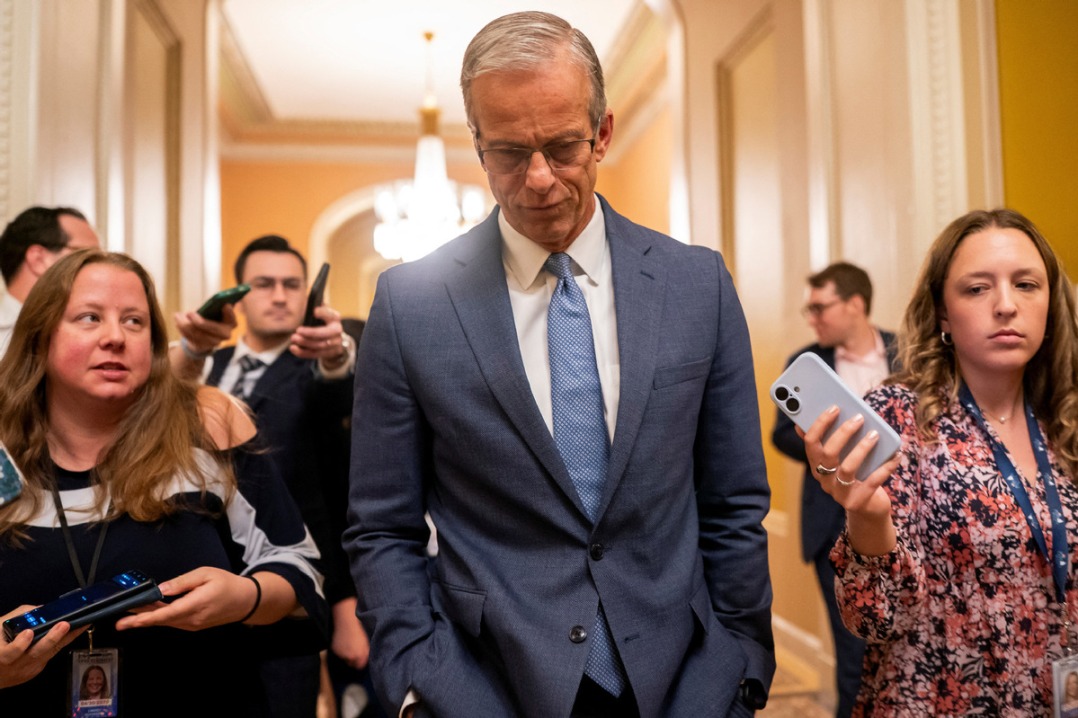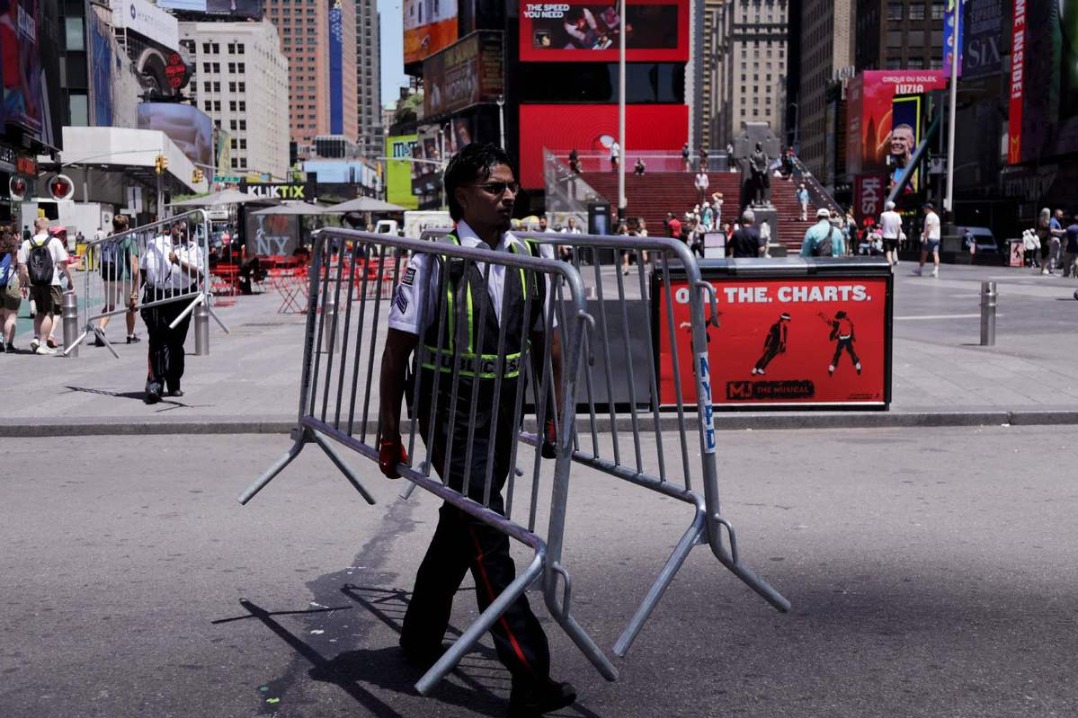Flying Tigers statue honors wartime brotherhood

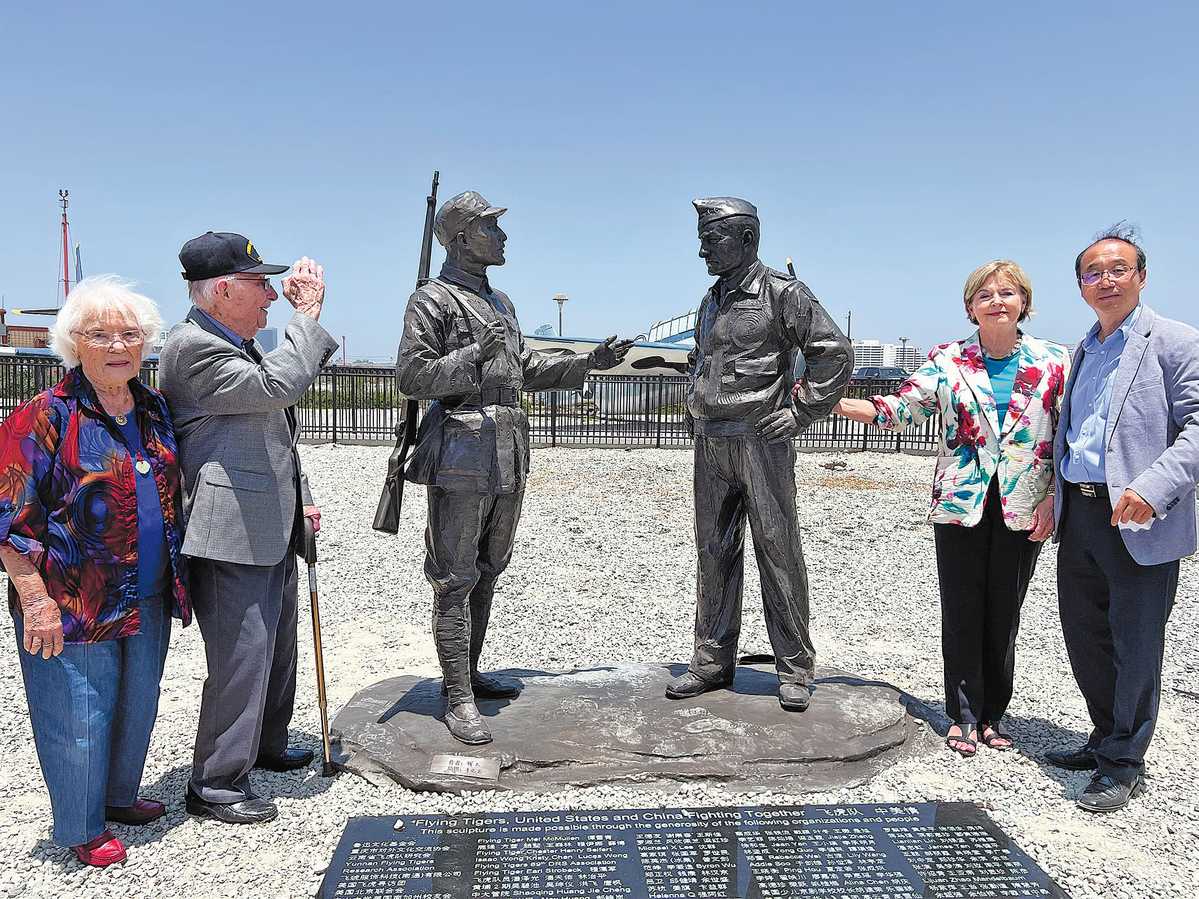
A statue commemorating the World War II-era Flying Tigers, the US volunteer pilots who fought alongside the Chinese people against Japanese aggression, was unveiled near Los Angeles International Airport on Saturday. It was part of the global commemoration of the 80th anniversary of victory in the Chinese People's War of Resistance Against Japanese Aggression and World War II.
The newly installed work features a bronze figure of General Claire Lee Chennault standing beside a Chinese soldier, paying tribute to the enduring bond forged between China and the United States during one of history's darkest chapters.
The Flying Tigers, formally known as the American Volunteer Group of the Chinese Air Force, were formed in 1941 under the leadership of Chennault to support China in its resistance against the Japanese invasion. They achieved significant victories in the air and were instrumental in opening the perilous "Hump Route" over the Himalayas, a critical supply line for wartime China.
The unveiling ceremony, themed "Flying Tigers: United States and China Fighting Together", drew nearly 100 attendees, including veterans, family members of the pilots of Flying Tigers, and US and Chinese community leaders.
Xu Shaoli, president of the American Flying Tigers Communication Association and one of the event's organizers, said the Flying Tigers spirit carries the friendship of cooperation.
"This statue was funded by over 150 donors, from veterans' families to ordinary citizens, each expressing gratitude for that shared history," he told China Daily.
A monument of merit placed before the statue bears the names of several Flying Tigers veterans, some inscribed by family members who made contributions in their memory. Among them are Pan Zeguang, Earl Strobeck, Chester Henry Seifert and centenarian pilot Mel McMullen, who attended the ceremony in person.
"It's great that we're keeping the story and the history of General Chennault and our participation in World War II alive," said McMullen, as he offered a solemn military salute to the newly unveiled statue. "It's something that we should all be proud of."
Lasting lesson
Chennault's granddaughter Nell Calloway echoed that sentiment, stressing that the memory of the Flying Tigers represents more than wartime heroism, as it stands as a lasting lesson in diplomacy, unity and peace.
"For 80 years, we've been fortunate to live in peace, and that peace was built on the sacrifices made by people like the Flying Tigers," she said. "China and the United States are two of the most important countries in the world. With their friendship and sustained peace, the entire world stands to benefit."
Calloway, who now leads the Chennault Aviation and Military Museum in Louisiana, emphasized the need to preserve that bond across generations. "Even when there are differences, we must remember this shared history and carry forward the spirit of cooperation. It's up to us to ensure that future generations inherit a world shaped not by conflict, but by understanding," she added.
The monument's creation, led by Chinese sculpture master Tian Yuemin, was itself a trans-Pacific collaboration.
Tian, who had previously sculpted a bust of Chennault, said the process took about two months of active sculpting, followed by casting, finishing and international shipping.
While the monument honors a chapter of shared history, many attendees saw it as a timely message for today.
US Representative Judy Chu, who has long supported efforts to commemorate the Flying Tigers, expressed hope that such remembrance can help strengthen ties between the US and China.
"This statue doesn't just reflect events from 80 years ago, it reminds us of what's possible when nations, and more importantly, people, choose to stand together," she told the gathering.
renali@chinadailyusa.com
















